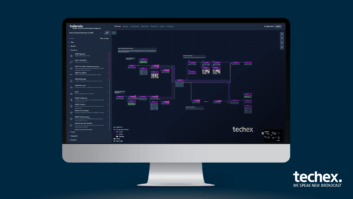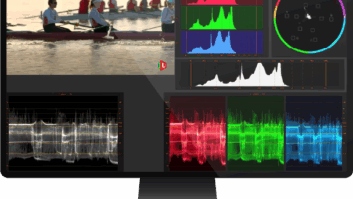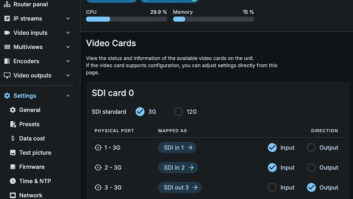
John Pallett of Telestream, answers the most fundamental question of all: what is workflow? The phrase “video workflow” is an operational term, which describes any systematic pattern of activity where video is being passed between, or is being worked on, by people or video systems. What a versatile phrase! Unfortunately this versatility means that the phrase can rarely be used in a technically specific way.
For example, the phrase “video workflow” is commonly applied to a single operational process (“our ingest workflow”), steps in an operational process (“our transcoding workflow”), strata within a larger system (“the metadata workflow”), and even the holistic view of all video-centric operations within an organisation (“our workflow”).
In fact, these are all correct. So what can we say about “video workflow?” For one thing, the phrase tends to refer to activities that are specifically working upon the actual video content. Specifically, business-focused processes which only treat video as an ancillary part of the process – such as taking an order in an ad-sales department – are not normally considered “video workflows”.
Video workflows are not always automated. Many video workflows involve tape and well-worn hallways, or live signals that are being routed and worked upon by human beings. Some video workflows even include long-term archival aspects, where the workflow may incorporate work done over more than a year.
Conversely, video workflows are not always executed in response to a business transaction, or a human request. For example, video may arrive in the middle of the night – and in many facilities, the operational video workflow which prepares it for air must run regardless of whether or not the process was requested by a human being.
However, probably the easiest explanation of the phrase “video workflow” is that it falls into a linguistic category with words like “love” and “obscenity” – it lacks a specific technical meaning, but you know it when you see it!







